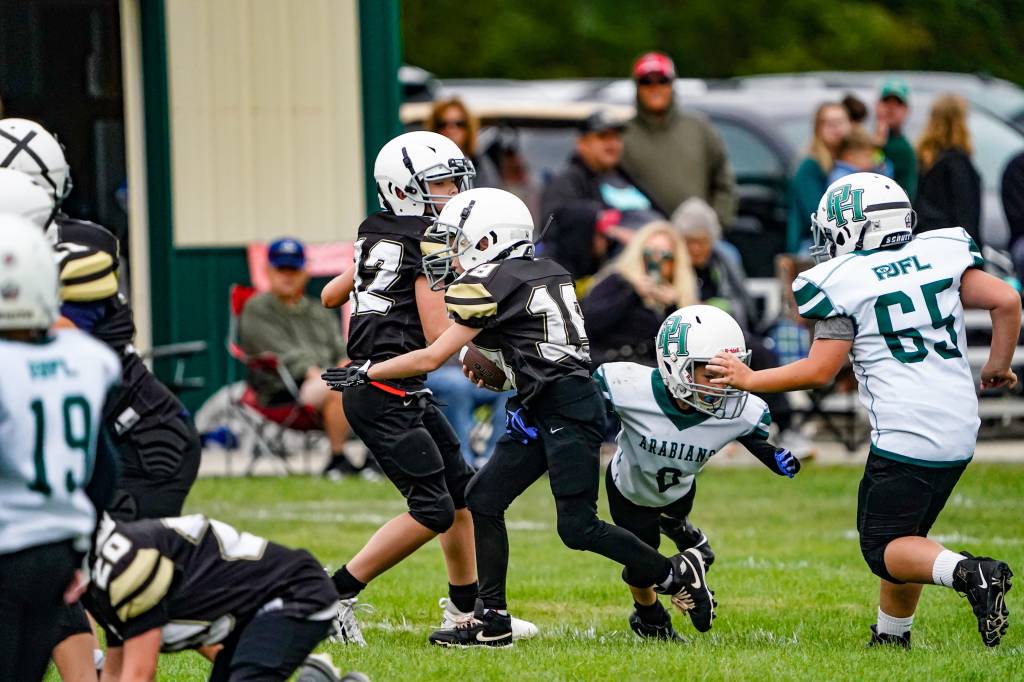New Standards for Youth Football Helmets May Change the Game
Anwar Stetson

After over a decade of work, the National Operating Committee on Standards for Athletic Equipment (NOCSAE) has officially approved the world’s first performance standard exclusively for youth football helmets.
The group researched for years to create a performance standard that allows consumers to know which helmets are the safest for youth. Manufacturers will have until March 1, 2027, to develop, test, and certify helmets that meet the committee’s requirements.
A New Youth Helmet Standard
The NOCSAE standard creates a separate helmet certification path for youth football players below high school level. Previous standards for helmet safety were created without differentiating between high school and pre-high school level players. According to NOCSAE, younger players experience more frequent falls, have larger head‑to‑body ratios, and weaker necks than older teen and adult players.
“Put simply, younger players don’t run as fast or get hit as hard as older players, but they do fall to the ground more often and their heads are proportionately larger compared to their bodies,” said Dr. Robert Cantu, vice president and chair of the NOCSAE Scientific Advisory Committee. “Adjusting the standard for these conditions will enable manufacturers to design helmets that focus on what youth players need, not what players need at the high school, college and professional levels.”

Helmets certified under this youth standard will undergo third‑party verification by the Safety Equipment Institute (SEI). When newly standardized helmets become available, you will be able to see the list of NOCSAE-approved helmets on the SEI website.
University Studies focus on Helmet Safety
The standard is rooted in two major studies led by Virginia Tech and the University of Ottawa. These investigations involved thousands of head impacts across youth age groups, using technology in the helmet and cameras to measure velocity, impact type, and risk exposures when younger athletes make collisions on the football field.
Both studies were funded by NOCSAE; read more about them here.
Virginia Tech has one of the leading helmet research programs in the nation. See Prep Network’s previous reporting on the safest helmets the university tested in 2025.
“This is an important step forward for helmet protection in youth football,” Cantu said. “We’ve known for some time that youth football players face different risks from those at or above the high school level. Building on scientific data and critical insights from research studies funded by NOCSAE, we were able to identify those risks and develop criteria for a standard to help protect against them.”